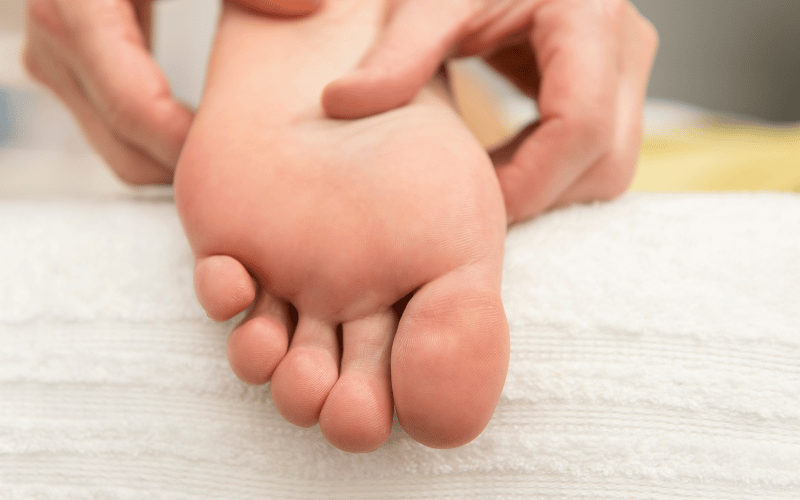Sign 7: Thickened Skin (Palmar-Plantar Hyperkeratosis)

A common misconception is that skin, our protective barrier, remains static. However, the reality is that it’s a dynamic organ, constantly responding to internal and external factors. In Sezary Syndrome, one such response is the thickening of the skin, particularly on the palms and soles. This condition is referred to as Palmar-Plantar Hyperkeratosis.
Imagine the skin on these regions turning coarse, much like an overused pumice stone. As the skin layers pile up, the texture becomes rough and can lead to cracking or even fissuring. This isn’t merely a tactile change. For many, it becomes a source of discomfort, making routine activities like walking or gripping objects challenging.
But what instigates this thickening? The rampant cancerous T-cells are at play here too. They cause an acceleration in skin cell production. However, the rate at which these cells shed remains unchanged. This imbalance results in the accumulation of skin layers, leading to the observed thickening.
It’s also worth noting that this symptom, though indicative of Sezary Syndrome, isn’t exclusive to it. Other conditions too can present with similar skin changes. Hence, it’s crucial to consider it in tandem with other symptoms when leaning towards a diagnosis.(7)